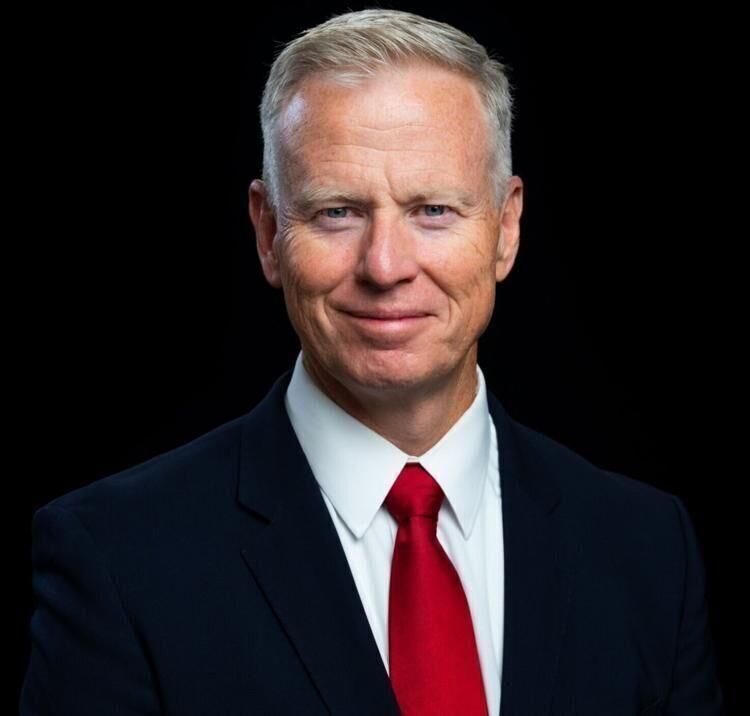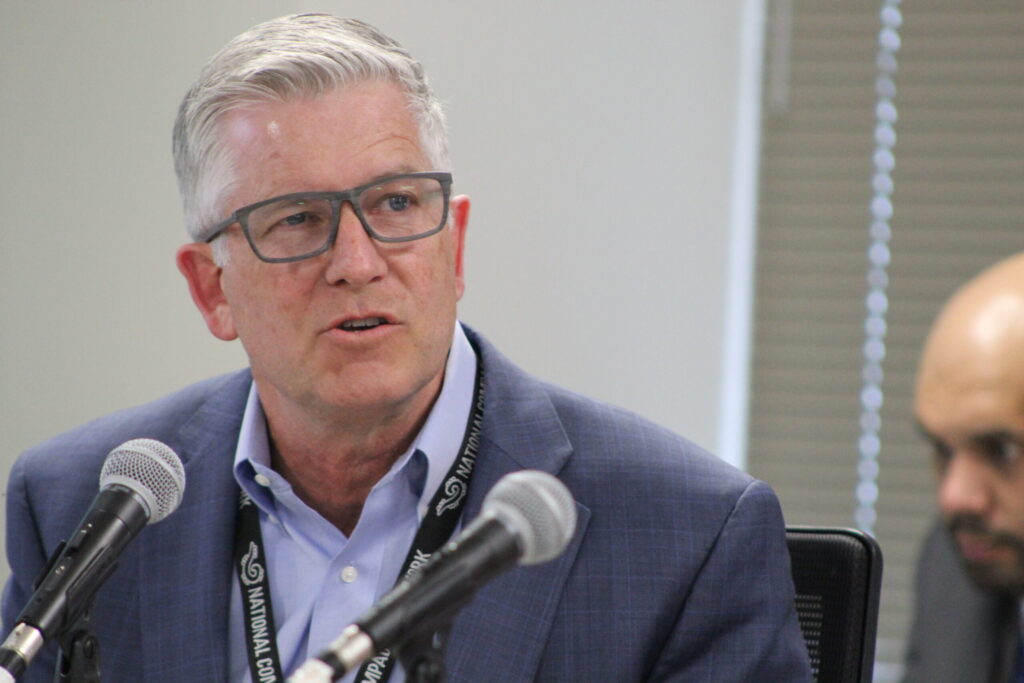Welcome to the money insanity of the 2026 campaign | BIDLACK

Hal Bidlack
Way back in 2008, when I ran my quixotic congressional campaign as a Democrat in the deep-red Colorado U.S. Congressional District 5, I didn’t actually start my campaign until April, only a few months out from the November election. I then spent hours on the phone every day, doing what is wistfully called “dialing for dollars,” in that I was calling everyone we could think of to ask for campaign donations.
We did reasonably well for the longest of longshot campaigns, pulling in just under a quarter-of-a-million dollars in those few months. And let me assure you, there is nothing quite a soul-sucking as dialing for dollars, day after day. You hear every “cute” voicemail answer ever recorded (quite a few people thought it was adorable to have their young child say, “my daddy isn’t home right now,” and similar). Note to parents: it’s not that adorable. But I digress…
It was a busy seven months of campaigning, and I learned a great deal about real politics and, as I said, voice messages. I was reminded of those days on the phone when I read a recent Colorado Politics story about the goings-on in Colorado’s newest congressional district, CD8. That district is one of the rarest things in today’s politics, an actually competitive district. Dems and GOPers have traded it off, and it remains to be seen what will happen in the future.
Stay up to speed: Sign up for daily opinion in your inbox Monday-Friday
Both parties, but especially the Republicans (through, often, gerrymandering and voter suppression) work to create congressional seats that are “safe,” as they say, for one party or the other. In Colorado, for example, the two parties have mostly settled, although I suspect they’d deny it, on a map that has a safe Dem seat (CD2) and a safe GOP seat (CD5), with others as mostly safe for one party or the other.
Except for CD8, which is highly competitive.
And as I noted, that’s rare. There are 435 seats in the U.S. House, and only 27 of them — 12 held by Dems and 15 by Republicans — are truly competitive when election time rolls around. So, carry the one… that means only about 6.2% of the seats we elect representatives to are actually competitive. So, it makes sense those seats get lots of attention.
And as reported in CoPo, just a month into the two-year legislative term, a Democrat announced his intention to run for CD8, in hopes of defeating the brand-new incumbent, Gabe Evans. To me, it is remarkable the congressional campaign season has now become basically full time, covering the entire two years of a congressional session. That’s nuts, but that’s the reality.
But what is even more stunning is the money raised by that Democrat, Manny Rutinel, in that month. Within 48 hours of his announcement, Rutinel brought in a staggering $500,000 in donations, including $400,000 from more than 4,000 individual donors in the first 24 hours. That’s very significant, in that if a candidate raises, say, a huge amount from a relatively few donors who donate the maximum amount allowed by law, that means those donors are done for the cycle and can’t donate any more. But Rutinel got donations that average a bit under $100 from thousands of people, meaning he can go back to those donors repeatedly during the next two years. And that is vital. The best indicator a person might donate to a political campaign is if they already donated to various campaigns. These regular donors will be the key, or at least a key, support structure when Rutinel really kicks his campaign into gear.
If he does what I’d expect him to do, Rutinel will spend most of this first year of the session gathering money and getting to know the donor class and others key to his success. Then, when the election is less than a year out, he’ll start spending that money to get his name known and to increase his shot at winning.
Half-a-million dollars in 48 hours is just, well, stunning, to a guy who raised half that over seven months. What makes the difference? Well, again, if I must be honest (Editor: yes, you do), it is because Rutinel has a very good shot at winning, whereas I was almost certainly a lost cause. I get that, and I appreciate the donations, but the folks that gave me $25 might well end up giving Rutinel $2,500 or more. People like to donate to winners, or to help people they think can win.
And if you think that is nuts, consider for a moment the cost of running a campaign for the U.S. Senate these days. Recall please a senator has a six-year term. So that works out to 2,190 days. The typical senator running for reelection in 2022 had to raise an average of $15,600 per day for 2,190 days. Let that sink in for a minute, $15,600 per day. The typical House member must raise a daily average of $7,200 per day, which is nuts, but not as terrible as what a senator must raise.
To put a technical, poli sci professor spin on it: this system is nuts. I personally believe in publicly funded elections at this level, so candidates can actually work and campaign rather than just endlessly dial for dollars. Oh, and we should be horrified on the presidential level the world’s richest man could spend more than $277 million to elect a lackey who would then turn the nation’s checkbook over to him, but that’s for another column.
It’s going to be a long two years for Mr. Rutinel, and I wish him the very best, but I’ll admit, I’m glad I’m not dealing with the level of fundraising he must confront. There is a better way.
Hal Bidlack is a retired professor of political science and a retired Air Force lieutenant colonel who taught more than 17 years at the U.S. Air Force Academy in Colorado Springs.










